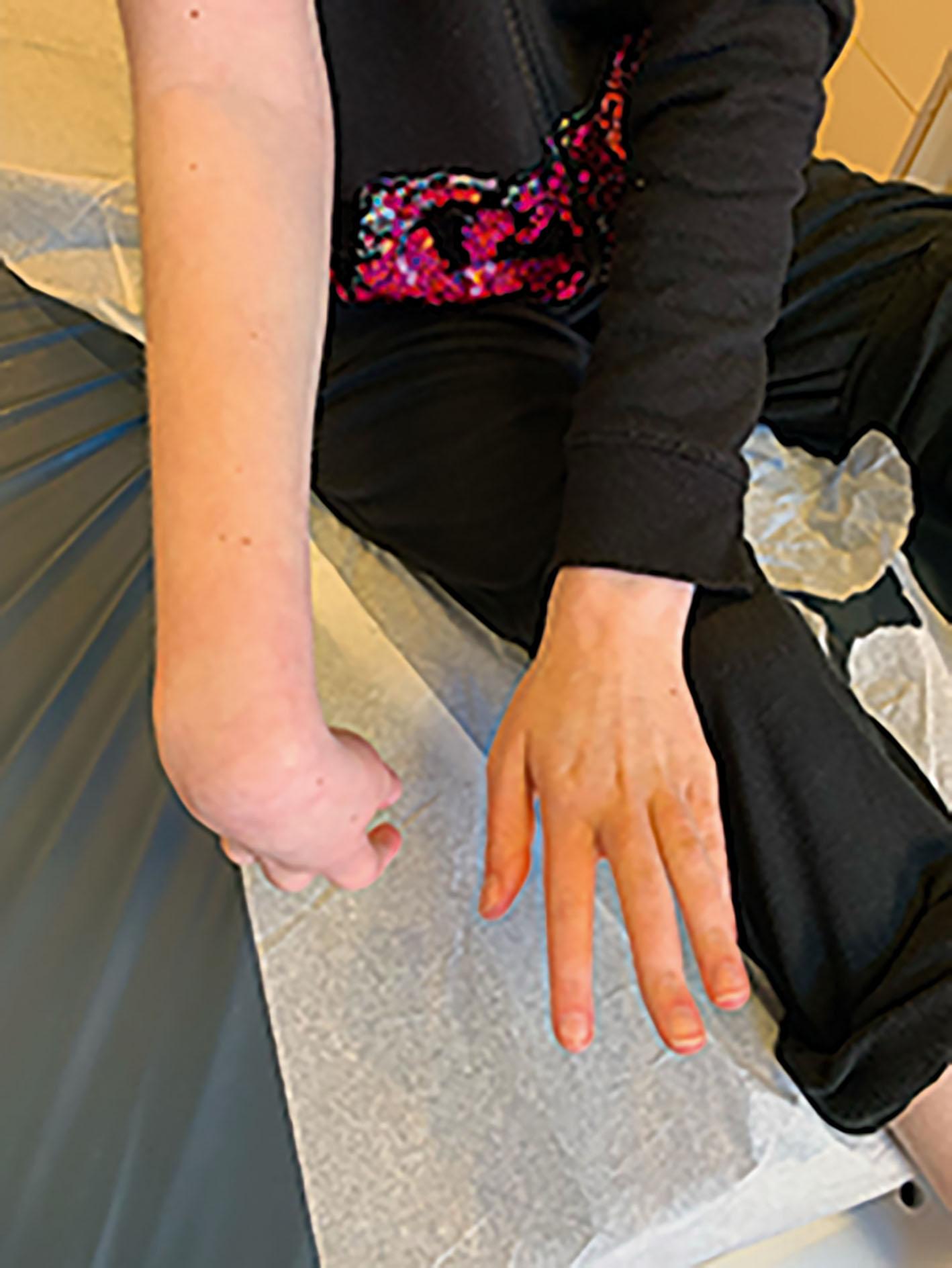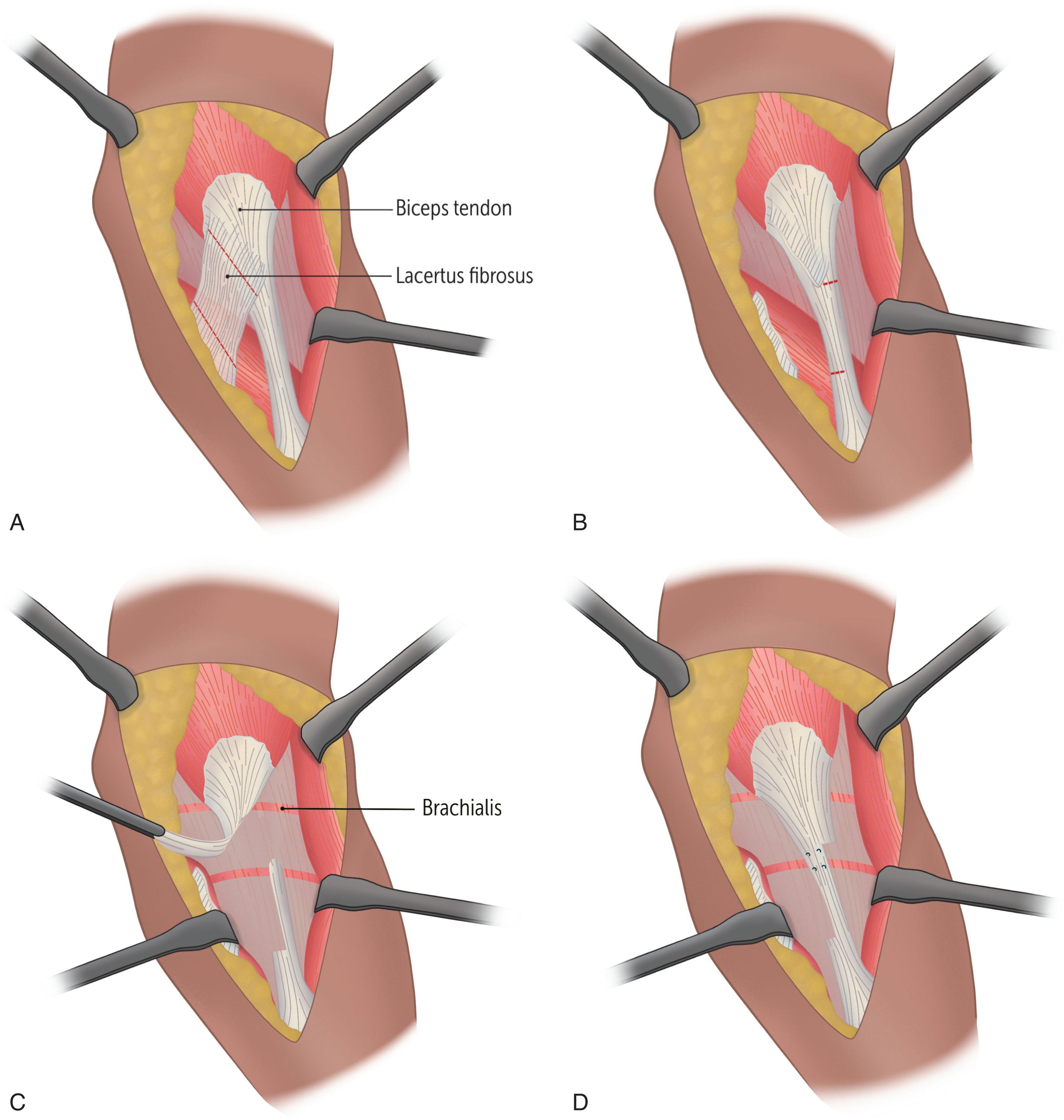Physical Address
304 North Cardinal St.
Dorchester Center, MA 02124
Cerebral palsy (CP) is a static, nonprogressive encephalopathy, with an incidence of approximately 1 to 3 per 1000 births. CP represents a wide spectrum of possible motor, sensory, and cognitive impairments, and CP movement disorders are generally classified as ataxic, dyskinetic, spastic, or mixed. Spasticity is focused on because it is the most responsive to surgical treatment. Upper extremity involvement is typical in patients with hemiplegic and/or quadriplegic CP, and the surgeon must be prepared to correct deformities associated with the elbow, forearm, wrist, fingers, and thumb. Preoperatively, careful examination and patient selection are critical. Pearls and pitfalls associated with the most common soft tissue releases, tendon transfers, and bone/joint stabilization interventions are discussed, and postoperative complications are highlighted. The most common complication that occurs is a postoperative deformity or a recurrent deformity. In this complex patient population, a perspective on complications—and how to avoid them—is a valuable lens for improving patient quality of life, while avoiding multiple returns to the operating room.
CP is the leading cause of spasticity in children. While other upper motor neuron pathologies such as traumatic brain injury, stroke, or spinal cord injury can cause spasticity, this chapter focuses specifically on CP. However, the treatment principles and complications apply to surgical treatment of other neuromuscular pathologies as well.
The first potential pitfall in deformity surgery for CP patients occurs before the operating room—if surgical intervention is selected for the wrong patient. A careful history, physical exam, and radiographs are critical for evaluating the level of function of the affected extremity and discerning whether the patient may benefit from surgery.
Prior to starting a physical exam, the clinician should take inventory of the patient’s baseline resting position. In many patients with upper motor neuron disease, increased tone or activity in the affected limb (as well as patient anxiety) can occur upon manipulation. Classically, CP patients present with internal rotation contractures at the shoulder, flexion contractures at the elbow, pronation contracture of the forearm, flexion contractures of the wrist, and thumb-in-palm deformity ( Fig. 40.1 ). Inspection of areas vulnerable to skin breakdown or hygiene issues is critical. Active and passive range of motion (ROM) and the presence of spasticity, dystonia, selective motor control deficits, muscle strength deficits, and/or sensory deficits should be noted. The value of serial physical exams over time cannot be understated, to ensure that deficits are nonprogressive. If ROM is lacking in patients without rigidity or spasticity, other conditions such as heterotopic ossification or contractures should be considered. Patients may put on a “performance” for physicians that masks the degree of deformity. Distractions and having the patient walk or multitask may aid in demonstrating the true extent of function, and parent or caregiver home videos may also be helpful. While not routinely utilized, dynamic electromyography (EMG) can be employed when muscle function is in question. EMG can help elucidate whether muscles are flaccid, spastic, and/or candidates for transfer. If the candidate muscle for transfer is spastic and not firing “in phase,” an iatrogenic opposite deforming force can be created if the muscle is transferred. A patient’s level of cognition is also important to assess. If surgery is being considered, the patient should also be at an appropriate age that his or her cooperation with the examination is possible. The patient must also be able to comply with postoperative protocols. This ability is typically present by age 5 or 6 years. Surgery performed when patients are too young—prior to a period of rapid skeletal growth—can also increase the chances of postoperative deformity. This is discussed more specifically in the context of a particular transfer (flexor carpi ulnaris [FCU] to extensor carpi radialis brevis [ECRB]) later in the chapter.

Patient and caregiver counseling is vital, and the lack thereof can represent a substantial preoperative limitation if proper expectations are not established. Typical goals of CP surgery are functional improvements and enhanced self-care; improved cosmesis is additional benefit. However, surgery cannot restore normal function or appearance of an affected limb, and the affected limb’s role as a “helper hand” will persist postoperatively. Functional rating scales and scoring systems can be used to establish a baseline level of function, communicate goals to patients and caregivers, and monitor progress. In general, surgery is more reliable in patients with spastic CP (in comparison to dystonic or athetoid CP). Surgery is also more reliable in patients with a higher level of function (voluntary control) in the affected limb.
Meticulous preoperative planning will help to limit intra- and postoperative complications. A variety of deformities are often present within a given affected extremity, and correction at one level can precipitate worsening of an additional deformity downstream. For example, correction of wrist flexion deformity can subsequently reveal a previously unforeseen finger flexion deformity. The surgeon must consider these deformity cascades and be prepared to adopt a multilevel approach when formulating operative plans. Single-event multilevel surgery (SEMLS) is the gold standard for addressing these patient-specific constellations of deformity. SEMLS has been shown to improve hygiene, function, and self-esteem. Finally, comorbid conditions such as epilepsy should be well controlled, and nutritional status optimized. Children should also be screened and treated for any underlying bladder or pulmonary infections.
Spasticity of the brachialis, biceps brachii, and brachioradialis creates the elbow flexion deformity commonly seen in CP. Management guidelines vary based upon the degree of contracture: release of the lacertus fibrosus and brachialis fascia can be performed for contractures less than 45 degrees ; release of the above in addition to release of the anterior capsule and brachialis, with biceps Z-lengthening, can be performed for more severe contractures ( Fig. 40.2 ). Potential intraoperative concerns include difficulty in managing soft tissue defects and possible damage to neurovascular structures.

If the elbow flexion contracture is a longstanding deformity, soft tissue coverage about the antecubital fossa may be lacking despite z-plasty coverage. Once the curvilinear or z-plasty approach has been made, the surgeon must evaluate for adequate coverage prior to proceeding with release. If there is adequate soft tissue coverage, the brachioradialis can be released at the origin. If coverage is lacking, the muscle can be released distally and used as a rotational flap overlying the defect. A skin graft is then used over the rotated muscle.
Various neurovascular structures traverse the surgical field. The radial nerve must be identified and protected in the interval between the brachialis and brachioradialis. The lateral antebrachial cutaneous nerve must also be identified as it exits between the biceps and brachialis. The lateral antebrachial cutaneous nerve (LABC) is often placed under tension following release, and in this setting careful release of the nerve proximally and distally is warranted. Rarely, the LABC must be cut to release contracture. The proximal end should be cut short and buried in soft tissue.
Increased muscle tone of the pronator teres (PT) is the major contributor to forearm pronation deformity; a schema for characterizing this deformity and determining optimal management based upon the degree of supination was described by Gschwind and Tonkin. Additional management frameworks have also been proposed and are beyond the scope of this chapter. Generally, correction of the deformity can be divided into release or lengthening procedures (of the PT, bicipital aponeurosis, interosseous membrane, and/or flexor origin) or rerouting of the PT. In patients where active supination is present in the setting of dynamic pronation posturing, authors have alternatively advocated for beginning with an isolated release of the pronator quadratus. When performing a release of the PT insertion, the surgeon must take care to protect the radial nerve and LABC. When PT rerouting is performed, the surgeon must ensure that the patient has active PT function—not doing so is a considerable error. Without active PT function, supination contracture could develop postoperatively, worsening function of the affected limb.
Become a Clinical Tree membership for Full access and enjoy Unlimited articles
If you are a member. Log in here